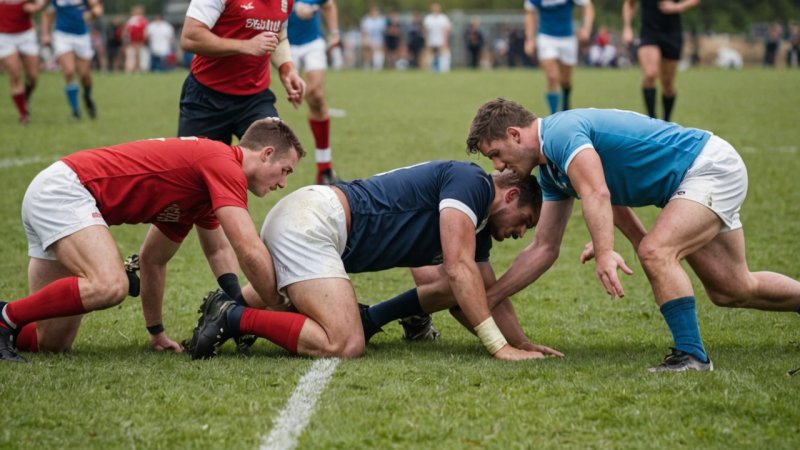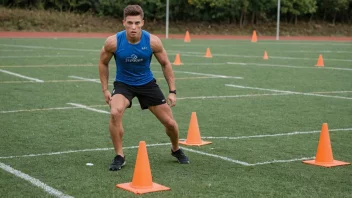Concussions are a serious concern in contact sports like football and rugby, where high-impact collisions are common. In this article, we will explore the key elements of concussion protocols in these sports, how they are implemented, and the importance of adhering to them for player safety. You'll learn about the steps involved in identifying, managing, and preventing concussions, providing a comprehensive view of how these protocols work.
Step 1: Understanding the Signs and Symptoms
The first step in concussion management is recognizing the signs and symptoms. It’s critical for coaches, players, and medical staff to be aware of what to look for. Common signs include:
- Confusion or disorientation
- Memory loss
- Dizziness or balance issues
- Headaches
- Nausea or vomiting
- Fatigue
Players should be educated on these symptoms so they can self-report if they feel unwell.
Step 2: Immediate Action and Removal from Play
If a concussion is suspected, the player must be immediately removed from the game or practice. This is a crucial step to prevent further injury. Coaches and referees should be trained to make this decision without hesitation, prioritizing player safety over the competition.
Step 3: Assessment by Medical Personnel
Once removed from play, the player should undergo a thorough assessment by a qualified medical professional. This assessment typically includes:
- A physical examination
- Cognitive testing
- Balance assessment
- Symptom evaluation
Based on the findings, the medical staff will determine the severity of the concussion and whether the player can return to play.
Step 4: Follow-Up Protocols
Players diagnosed with a concussion must follow strict return-to-play protocols, which often include:
- Rest and recovery for a specified period
- Gradual reintroduction to physical activity under medical supervision
- Monitoring for any recurring symptoms
This phased approach helps ensure that players are fully recovered before returning to the field, minimizing the risk of second-impact syndrome.
Step 5: Education and Training
Education is key to preventing concussions. Players, coaches, and parents should be educated on:
- The risks associated with concussions
- Proper tackling techniques
- Safe playing practices
Regular training sessions can help reinforce this knowledge and promote a culture of safety within the sport.
Step 6: Utilizing Technology
Advancements in technology can aid in concussion management. Wearable devices and impact sensors can help track head impacts during play, providing valuable data for medical professionals to assess player safety. Teams should consider incorporating these technologies into their safety protocols.
Step 7: Reviewing and Updating Protocols
Concussion protocols should be regularly reviewed and updated based on the latest research and best practices. Sports organizations must stay informed about new findings related to concussions and adapt their protocols accordingly.
By following these steps, football and rugby organizations can create a safer environment for players, ensuring that the risks of concussions are adequately managed. Adhering to these protocols not only protects athletes but also promotes a culture of safety within the sport.






